The legionary raises his rectangular shield as arrows rain down from the sky. Around him, his brothers-in-arms do the same, their scutums interlocking to form an impenetrable shell. Protected beneath this human fortress – the famous testudo formation – the Roman soldiers advance methodically toward the enemy fortification. This is not just a defensive maneuver; it’s tactical genius in motion. A marvel of ancient engineering and discipline that would change the face of warfare forever.
Rome wasn’t built in a day, and neither was its military dominance. What began as a small city-state grew into history’s most formidable empire largely because of one thing: military innovation. While their contemporaries relied on traditional warfare methods, Roman generals and engineers were revolutionizing combat through systematic improvements and tactical breakthroughs that would echo through military doctrine for millennia.
The Roman military machine wasn’t just powerful – it was transformative. Its innovations didn’t merely help win battles; they fundamentally altered how wars were fought, setting standards that modern armies still follow today. From organizational structure to weapons engineering, the Romans approached warfare with a methodical precision that elevated combat from chaotic clashes to strategic science.
This exploration delves into five revolutionary Roman military innovations that changed warfare forever: the near-impenetrable testudo formation, the devastatingly effective pilum javelin, groundbreaking siege warfare technologies, sophisticated naval warfare systems, and perhaps most importantly, the creation of history’s first true professional standing army. Each innovation represents not just Roman ingenuity but a fundamental shift in military thinking that continues to influence modern combat doctrine.
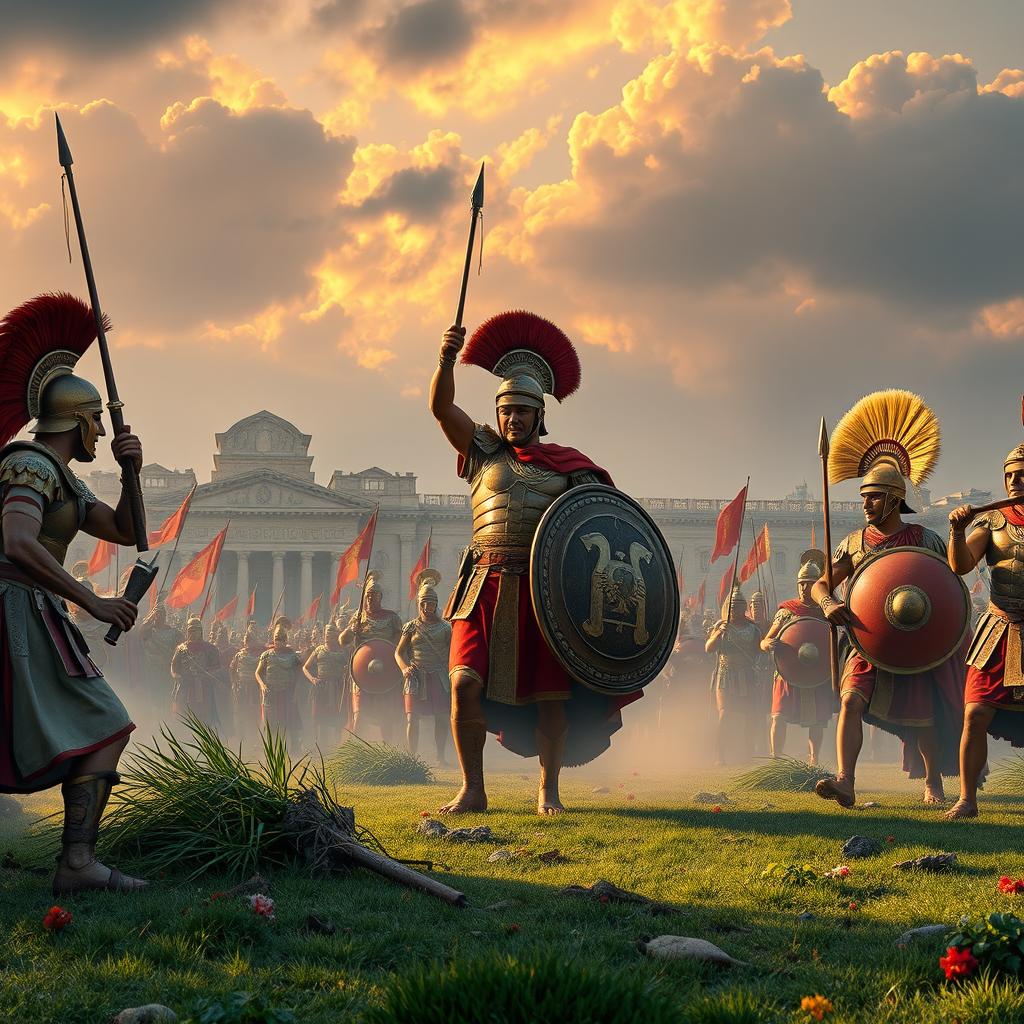
The Testudo Formation: Ancient World’s First Mobile Fortress
When we picture Roman legionaries, one image stands above all: soldiers forming the legendary testudo or “tortoise” formation, their shields interlocked to create a protective shell impervious to enemy projectiles. This wasn’t just a defensive tactic – it was a revolutionary combat system that allowed Roman forces to advance under heavy fire, a capability no other ancient army possessed.
The formation’s genius lay in its execution. Front-rank soldiers held shields forward while those on the flanks positioned shields to the sides. Soldiers in the middle raised their shields overhead, creating a sloped roof that deflected arrows and stones. The result was a mobile fortress that could move as a single unit across battlefields while maintaining nearly complete protection from ranged attacks.
At the Battle of Carrhae in 53 BCE, this innovation faced its ultimate test against Parthian horse archers. Though the battle ended in Roman defeat, historical accounts describe how legions formed the testudo to withstand punishing arrow volleys. One Roman unit reportedly endured hours of continuous bombardment without breaking formation, a testament to both the effectiveness of the testudo and the extraordinary discipline of Roman soldiers.
Dr. Jonathan Roth, Professor of History at San Jose State University, explains: “The testudo formation represented a fundamental shift in tactical thinking. While other ancient armies had shield walls, the Romans perfected a three-dimensional defensive formation that could move cohesively under fire. This required unprecedented levels of training and unit cohesion.”
The formation’s influence extends to modern warfare in surprising ways. The concept of mobile protected movement underlies everything from modern infantry tactics to armored vehicle design. Today’s riot police still employ testudo-like formations, and military theorists still study the psychological advantages of the formation – how it protected soldiers while projecting an image of Roman invincibility that often demoralized opponents before combat even began.
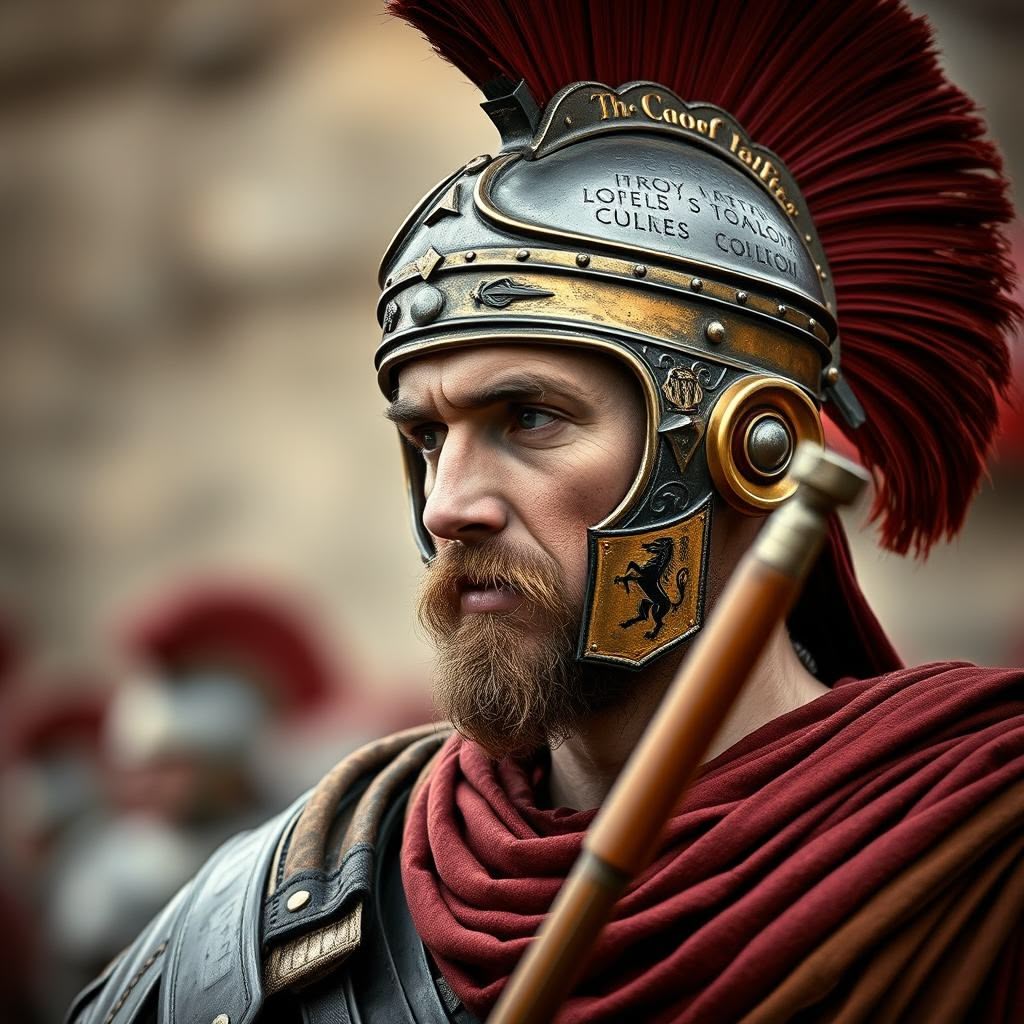
The Pilum: Engineered for Maximum Devastation
The Roman pilum wasn’t just another javelin – it was a carefully engineered weapon of mass disruption that rendered enemy shields useless and created tactical advantages no other ancient army possessed. Unlike standard javelins, the pilum featured an unusual design: a thin iron shank attached to a wooden shaft, with a hardened tip capable of penetrating shields and armor alike.
What made the pilum truly revolutionary was its deliberate design flaw – the narrow iron neck was designed to bend upon impact. This ingenious feature meant that once a pilum struck an enemy shield, it couldn’t be easily removed. The shaft would droop toward the ground, making the shield unwieldy or forcing the enemy to abandon it altogether. A shield-less opponent was a vulnerable opponent, creating the perfect opening for Roman legionaries to exploit with their gladius short swords.
The effectiveness of this weapon was dramatically demonstrated during Caesar’s Gallic campaigns. At the Battle of Alesia in 52 BCE, Roman legionaries unleashed volleys of pila against Gallic warriors, neutralizing their shields before closing for hand-to-hand combat. The psychological impact was as significant as the physical – the sight of an advancing Roman line, each soldier armed with these specialized javelins, struck fear into opposing forces across the ancient world.
Military historian Adrian Goldsworthy notes: “The pilum represents one of history’s first purpose-built combined arms weapons. It was specifically designed to create a tactical advantage for the follow-up weapon system – the gladius. This integration of complementary weapons systems is a concept that defines modern military doctrine.”
The pilum’s influence on military technology extends far beyond ancient times. The concept of designing weapons that disable enemy defenses remains central to modern warfare, from anti-tank munitions to electronic countermeasures. The Romans understood something fundamental about combat psychology – that forcing an enemy to abandon their protection creates both tactical advantages and psychological vulnerability, a principle still taught in military academies today.
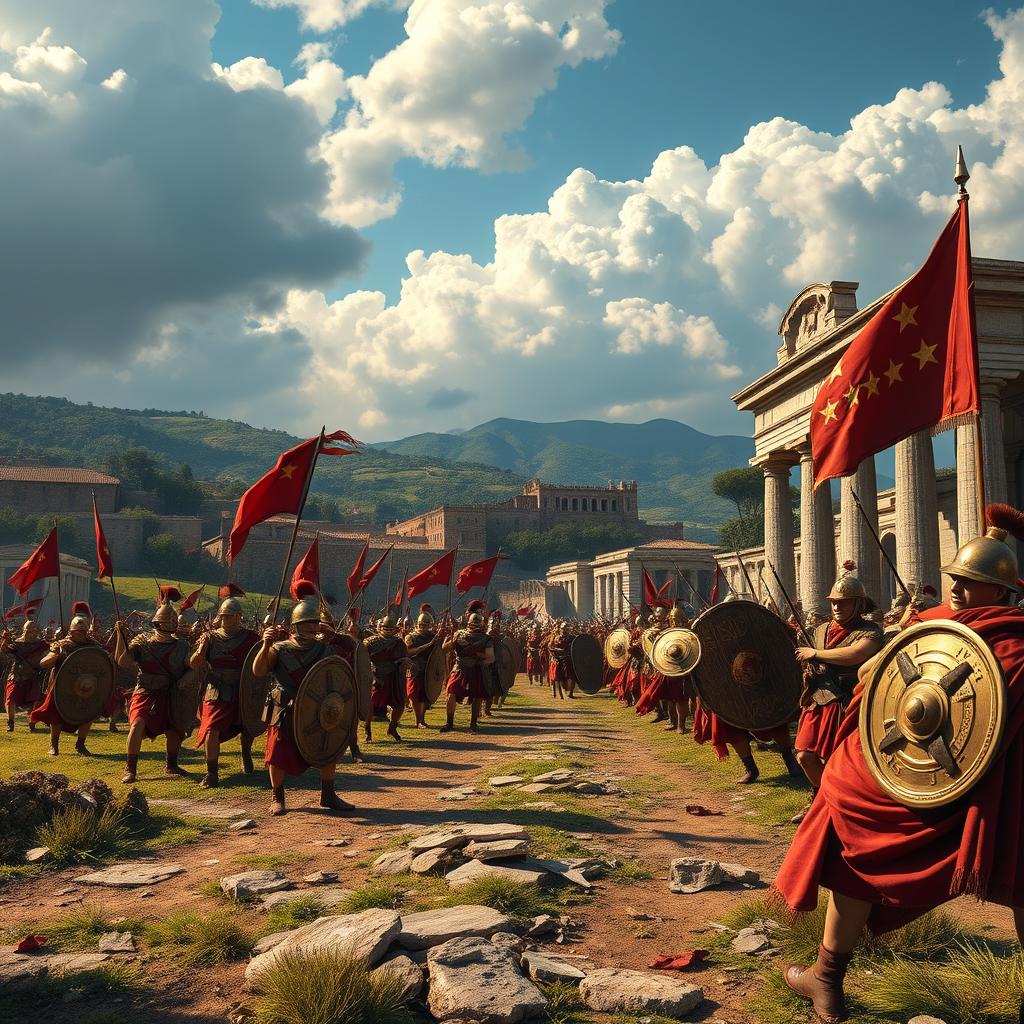
Siege Warfare Revolution: The Science of Breaking Any Defense
Before Rome, siege warfare was often a waiting game – surround a city and starve it into submission. The Romans transformed this approach into a science of systematic destruction, developing engineering solutions that made no fortification truly safe. Their innovations in this domain weren’t just incremental improvements; they represented a completely new approach to overcoming defensive structures.
Roman siege craft combined existing technologies with original innovations to create a comprehensive system for breaching any defense. They perfected the ballista, a precision artillery weapon capable of hurling 60-pound stones with devastating accuracy. The onager, essentially a massive catapult, could launch projectiles weighing hundreds of pounds. Most impressive was the corvus, a vessel-mounted boarding bridge with a spike that anchored into enemy ships, allowing Roman infantry to board enemy vessels – effectively turning naval battles into the land combat at which Romans excelled.
Perhaps their most famous siege engines were massive towers that could be wheeled to city walls. These mobile fortresses provided elevated platforms for archers while protecting sappers working to undermine foundations below. The Romans also perfected the use of the testudo formation during sieges, allowing troops to approach walls under heavy defensive fire.
The siege of Masada in 73 CE showcases Roman siege mastery at its height. Facing a seemingly impregnable fortress atop a plateau with sheer drops on all sides, Roman engineers constructed a massive earthen ramp – a feat requiring moving thousands of tons of earth and stone. They then built a siege tower atop this ramp to breach the fortress walls. The defenders, recognizing the inevitability of Roman victory, chose mass suicide over capture.
“What set Roman siege craft apart wasn’t just their technology, but their systematic approach,” explains Dr. Simon James, archaeologist at the University of Leicester. “They brought engineering precision and project management to siege warfare, deploying specialized units with distinct roles in a coordinated assault system. This methodical approach to breaking defenses is mirrored in modern combined arms doctrine.”
Modern military engineers still study Roman siege techniques. The principles they pioneered – combined arms approaches to breaching defenses, the importance of mobility in siege equipment, and the psychological impact of demonstrating technological superiority – remain relevant in contemporary urban warfare doctrine. Even the basic approach of identifying and systematically eliminating defensive advantages underlies modern military planning.
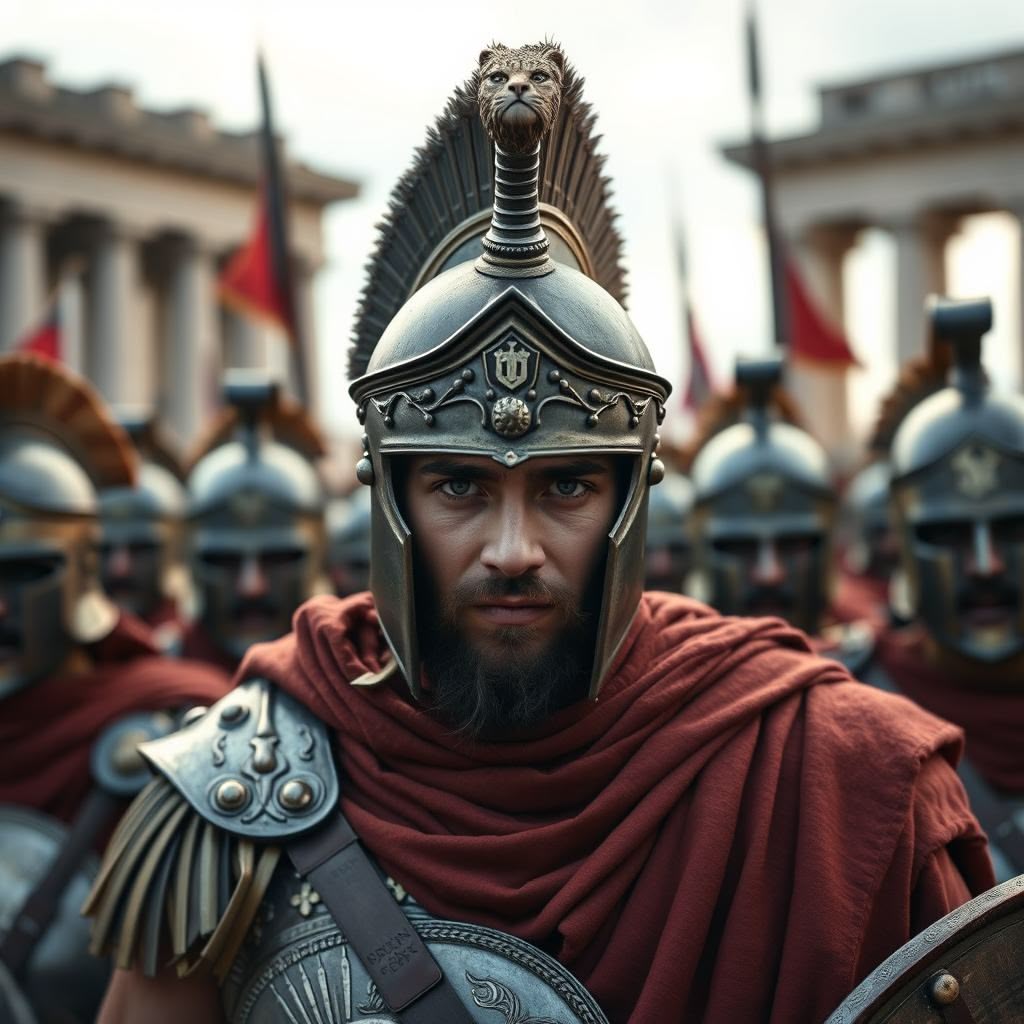
Naval Warfare Dominance: Turning the Mediterranean Into a Roman Lake
Rome began as a land power with little naval tradition, yet within a generation transformed itself into the Mediterranean’s dominant maritime force. This rapid naval evolution represents one of history’s most remarkable military adaptations, demonstrating Roman pragmatism and engineering brilliance at its finest.
Facing the superior Carthaginian fleet during the First Punic War, the Romans didn’t simply copy their enemies’ designs – they revolutionized naval warfare entirely. Unable to match Carthaginian seamanship, they invented the corvus (boarding bridge), effectively turning sea battles into land engagements where Roman infantry superiority could prevail. This innovation neutralized centuries of naval combat tradition and expertise in a single stroke.
Roman shipbuilding soon evolved beyond these early adaptations. They developed the quinquereme, a vessel powered by multiple banks of oars that combined speed, maneuverability, and combat power. These ships featured improved rams for disabling enemy vessels and towers for elevated missile platforms. Most importantly, Romans standardized ship construction, creating the ancient world’s first truly mass-produced warships.
The naval battle of Actium in 31 BCE, where Octavian’s fleet defeated the combined forces of Mark Antony and Cleopatra, demonstrated the culmination of Roman naval evolution. Octavian’s commander Agrippa employed lighter, more maneuverable Liburnian vessels against Antony’s larger ships, using superior tactics and disciplined crews to secure victory in one of history’s most consequential naval engagements.
“The Romans approached naval warfare with the same systematic thinking they applied to land combat,” notes naval historian John Grainger. “They identified their weaknesses, engineered solutions, and built institutional knowledge that transformed them from naval novices to maritime superpower within a single generation.”
This transformation from land power to naval dominance established principles still taught in naval academies today. The Romans recognized that controlling the sea meant controlling supply lines, troop movements, and commerce – essentially creating the foundation of maritime strategy that would later be formalized by theorists like Alfred Thayer Mahan. Their emphasis on naval standardization and the integration of naval power with land operations prefigured modern concepts of joint warfare that remain central to military planning.
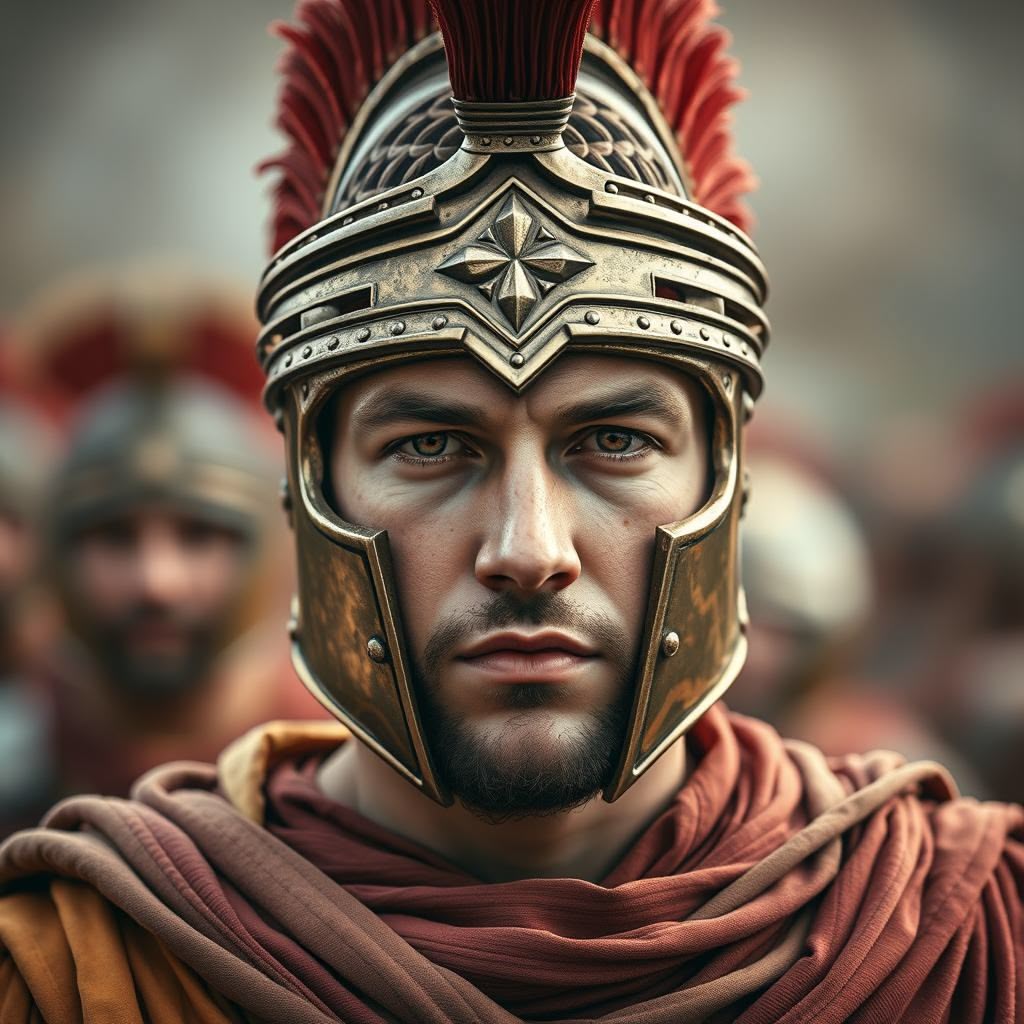
The Professional Standing Army: Rome’s Greatest Military Innovation
While weapons and tactics certainly contributed to Roman military dominance, perhaps their most revolutionary innovation was organizational: the creation of history’s first true professional standing army. This transformation began with the Marian reforms around 107 BCE, when Consul Gaius Marius opened military service to landless citizens and standardized equipment, training, and structure across all legions.
Prior to these reforms, Rome relied primarily on a citizen militia of property owners who supplied their own equipment. Marius created a volunteer army where the state provided standardized weapons and armor. This professionalization created a force of career soldiers rather than temporary conscripts – men who devoted their lives to military service and developed skills far beyond what part-time warriors could achieve.
The Roman legion became a marvel of organizational efficiency. Each consisted of approximately 5,000 men divided into cohorts, centuries, and contubernia (eight-man tent groups). This hierarchical structure created clear chains of command and allowed for tactical flexibility unknown in other ancient armies. Every soldier knew precisely his place in the formation and the specific duties attached to his position.
The Battle of Watling Street in 60 CE demonstrates the advantage this professional system provided. Facing a British tribal force that outnumbered them nearly twenty to one, a single Roman legion under Suetonius Paulinus defeated Queen Boudicca’s revolt through superior discipline, tactics, and equipment. The professional legionaries maintained formation integrity, rotated front-line fighters to prevent exhaustion, and executed complex maneuvers that the numerically superior but less disciplined British forces couldn’t counter.
Dr. Catherine Gilliver, expert on the Roman military, explains: “The Roman professional army represented the first time in history that a state had created a permanent, career military force with standardized training, equipment, and doctrine across all units. This standardization meant that soldiers from different units could be integrated seamlessly, tactics could be replicated across the empire, and institutional knowledge could be preserved and improved upon over generations.”
This professional military system established organizational principles that define modern armies. The concepts of standardized training, clear command structures, specialized units, and career progression all trace their origins to the Roman model. Even the modern military emphasis on building unit cohesion through shared hardship and identity has Roman roots – legionaries developed fierce loyalty to their units, whose eagles and standards held almost religious significance.
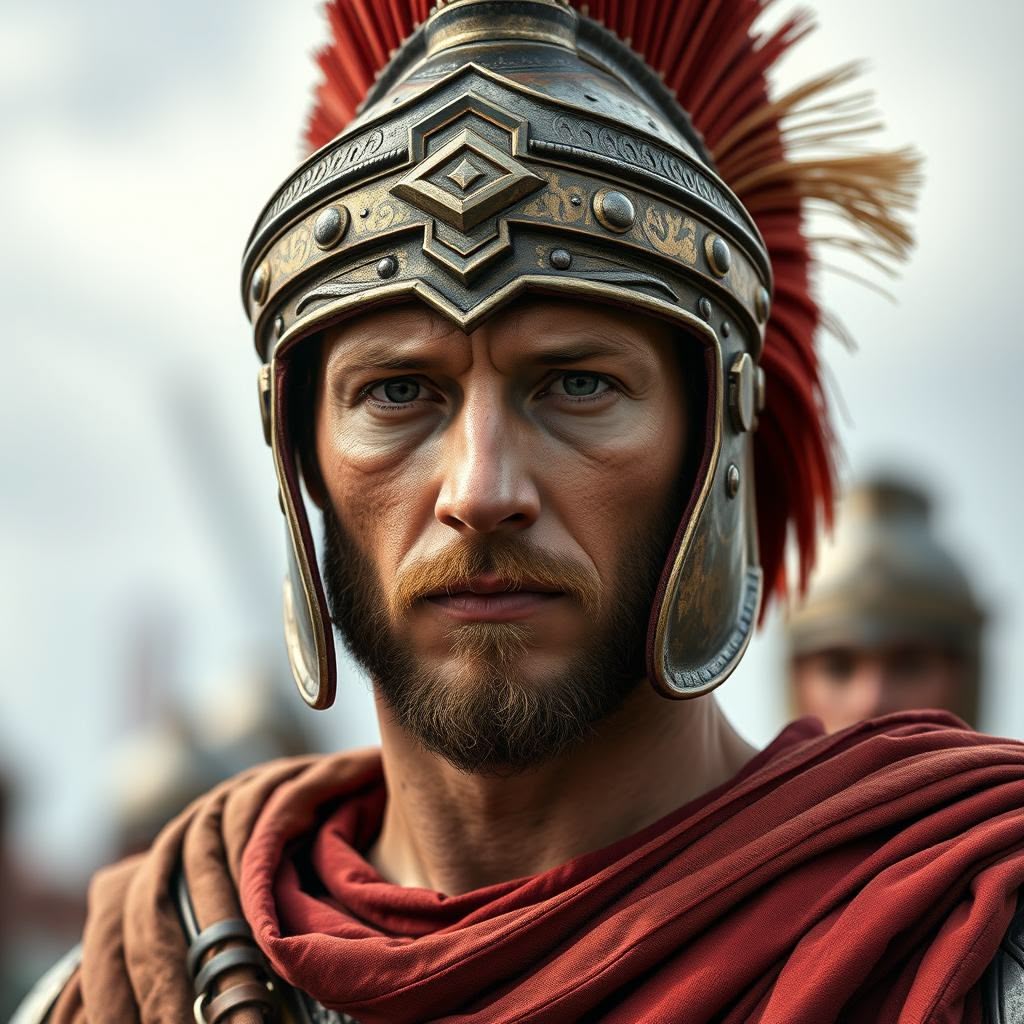
The Enduring Legacy: How Roman Military Thinking Shapes Modern Warfare
The ghost of Roman military innovation haunts modern battlefields in ways both obvious and subtle. Beyond specific technologies and tactics, the Romans bequeathed to us fundamental concepts about how military forces should be organized, trained, and deployed. Their systematic approach to warfare – viewing it as a problem to be solved through engineering, discipline, and organization rather than merely through courage and numbers – represents perhaps their most significant contribution to military science.
Modern combined arms doctrine – the synchronized use of infantry, armor, artillery, and air support – echoes the Roman integration of velites (skirmishers), hastati (frontline infantry), principes (veteran infantry), and equites (cavalry). The Roman emphasis on mobility, standardization, and adaptability remains central to contemporary military thinking. Even modern military engineering corps trace their lineage directly to Roman practices.
Perhaps most significantly, the Roman understanding that military effectiveness depends more on systems than individuals continues to shape how modern armies train and fight. Their recognition that disciplined units of average soldiers will consistently defeat disorganized groups of superior warriors underpins modern military organization worldwide. The fundamental Roman innovation was creating a military machine greater than the sum of its parts – a concept that defines effective armies to this day.
General Robert Scales, former Commandant of the U.S. Army War College, observes: “When we examine Roman military success, we find principles that remain eternally relevant – the importance of training and discipline, the advantage of standardization, the need for tactical flexibility within strategic coherence, and the critical nature of logistics. These aren’t merely historical curiosities; they’re the foundation of modern military science.”
For the military historian and modern tactician alike, studying Roman military innovations provides more than academic interest – it offers insights into timeless principles of warfare that transcend technology. From the testudo’s perfect melding of protection and mobility to the professional army’s systematic approach to training and deployment, Roman military thinking established paradigms that continue to influence how battles are fought and won.
The Romans understood something fundamental: that military excellence isn’t achieved through single breakthrough technologies or tactics, but through the systematic integration of weapons, training, organization, and doctrine into a coherent whole. This holistic approach to warfare – perhaps more than any specific innovation – represents their most enduring military legacy, one that continues to shape battlefields two millennia after the legions marched.

Conclusion: The Eternal Principles of Roman Military Genius
Rome’s military innovations didn’t merely win battles – they redefined warfare itself. The testudo formation, pilum, siege warfare advances, naval adaptations, and professional army structure each represent not just clever tactical advantages but fundamental shifts in military thinking that echoed through centuries. While the legions themselves may have vanished into history, their organizational and tactical DNA lives on in every modern military force.
What made Roman military innovation truly exceptional was its systematic nature. Rather than relying on individual genius or happenstance, the Romans created institutional mechanisms for capturing, refining, and disseminating effective practices. This process of continuous improvement – what we might today call organizational learning – allowed them to adapt to new challenges while maintaining core principles that gave their forces decisive advantages across diverse battlefields.
For the modern tactician, Roman military history offers more than fascinating stories – it provides a masterclass in the timeless principles of warfare. In studying how the Romans approached military problems, we gain insights into universal concepts that transcend technological change: the importance of protection and mobility, the advantage of standardization, the need for specialized tools for specific tactical challenges, and above all, the decisive impact of training and discipline.
The greatest lesson from Rome’s military revolution may be this: true innovation isn’t just about creating new technologies or tactics, but about systematically integrating them into a coherent whole greater than the sum of its parts. In this integration – this military systems thinking – lies the essence of Roman military genius, a legacy that continues to influence warfare long after the last legion’s eagle standard fell.

